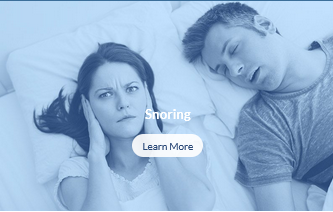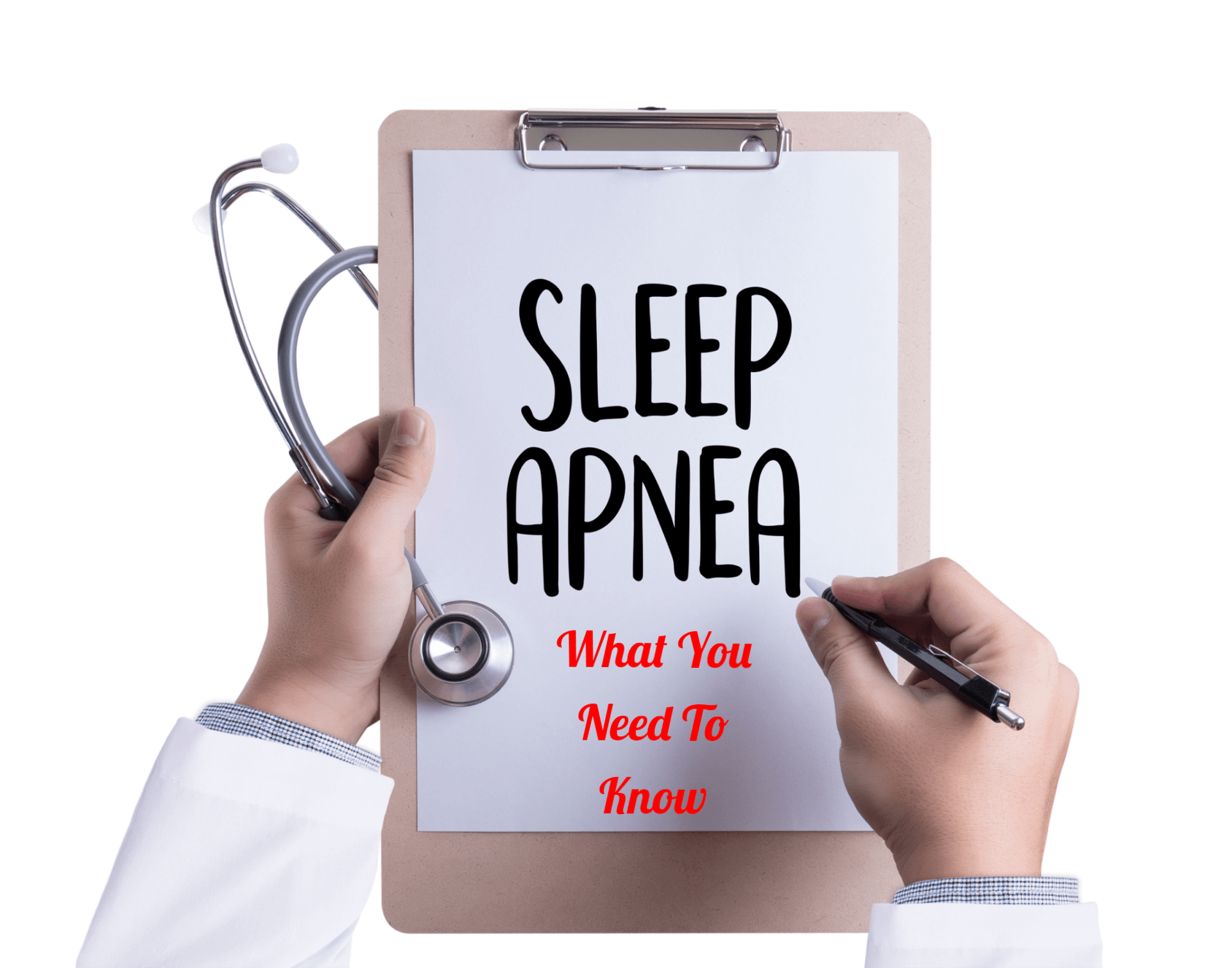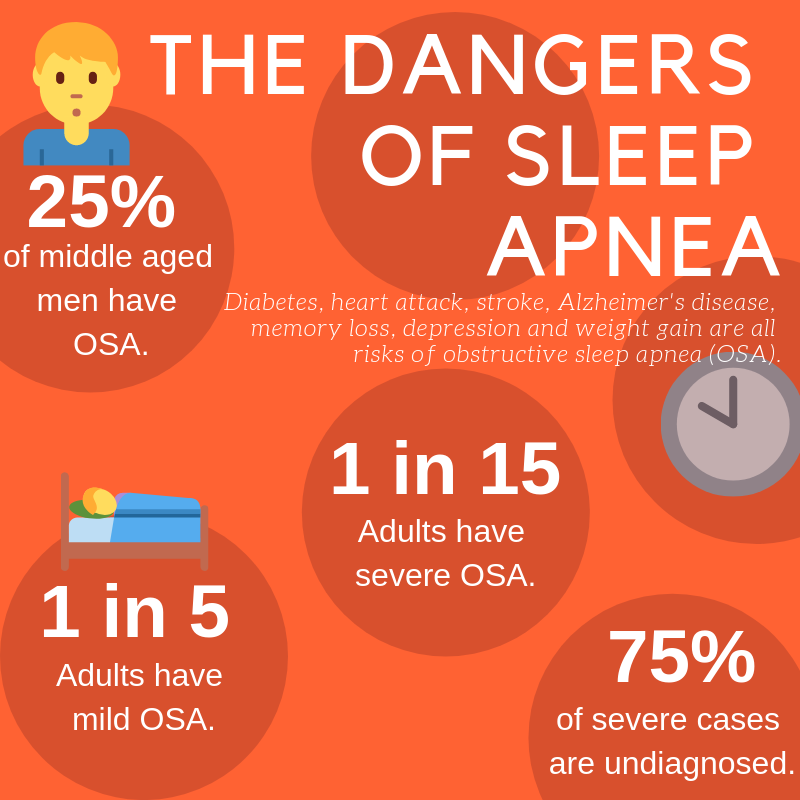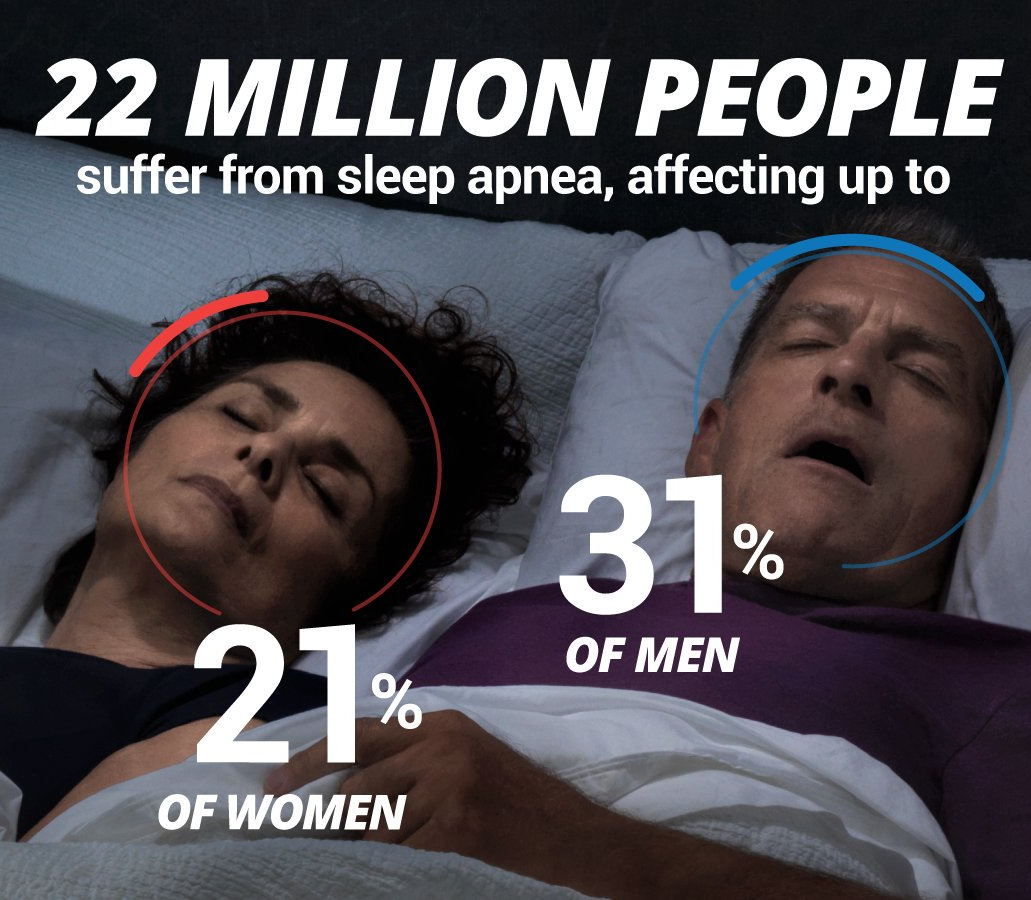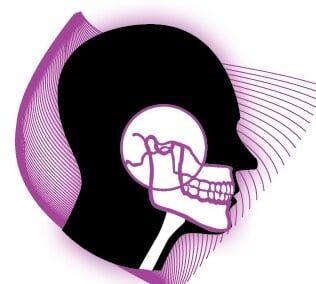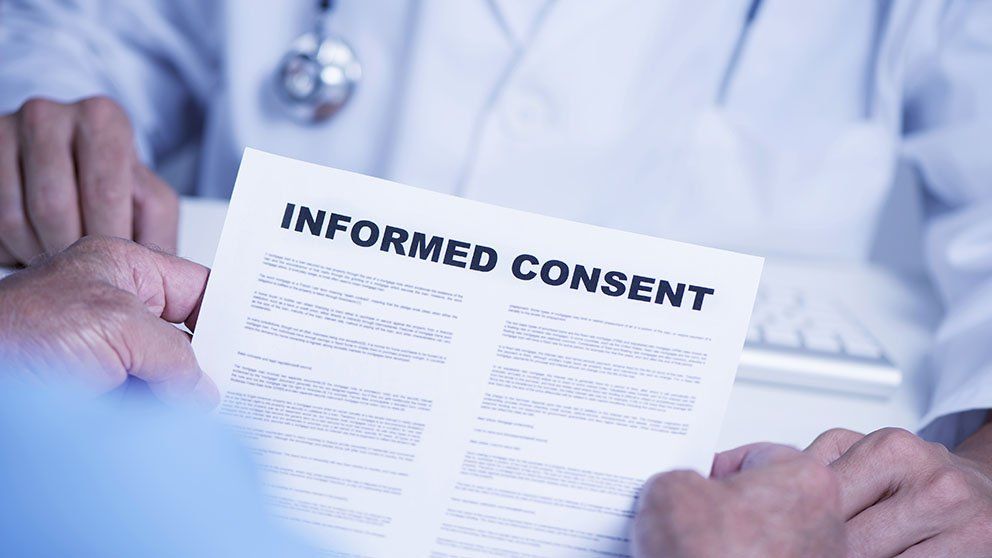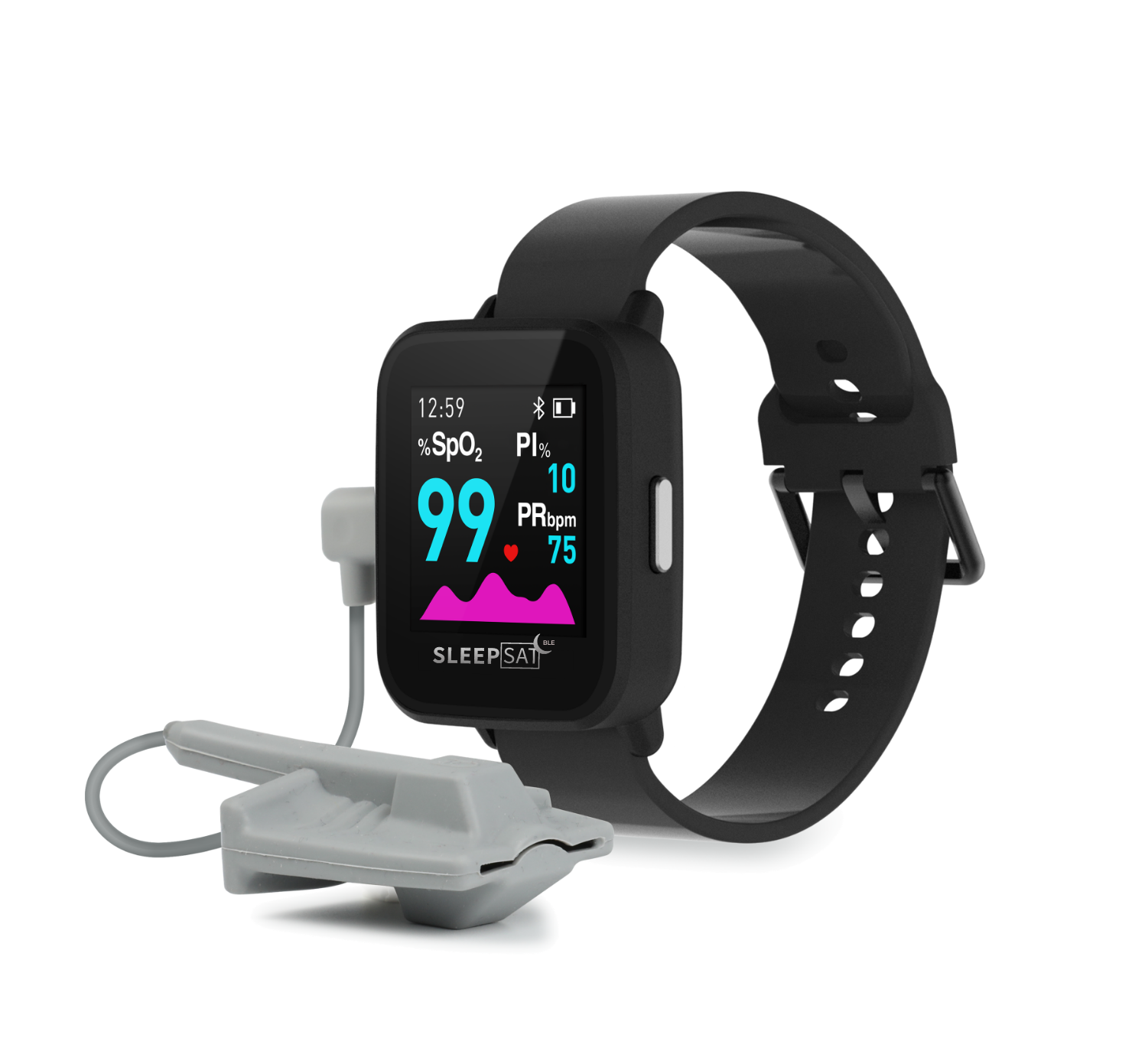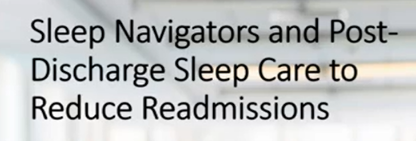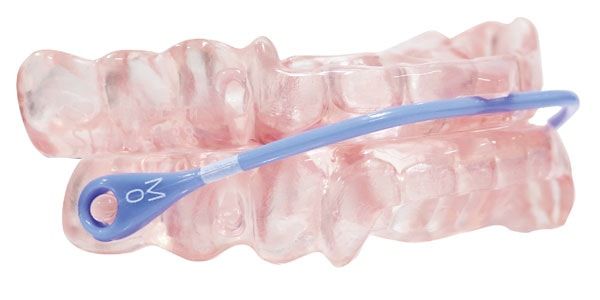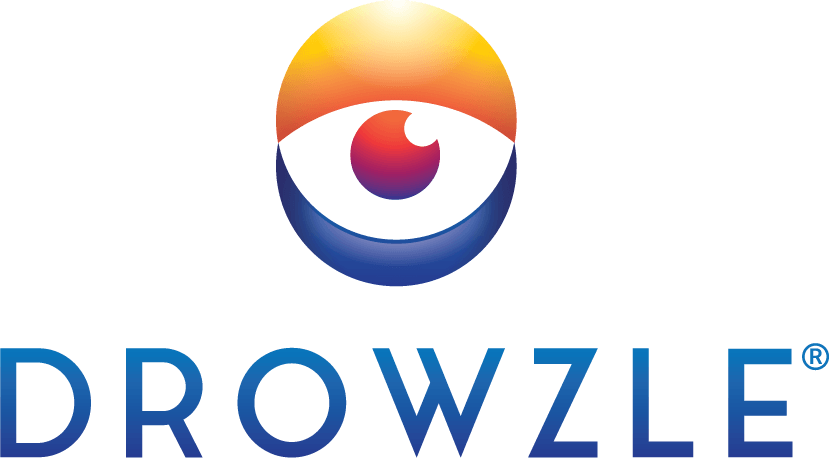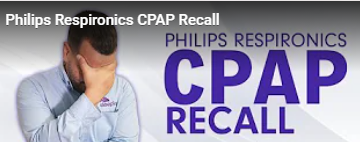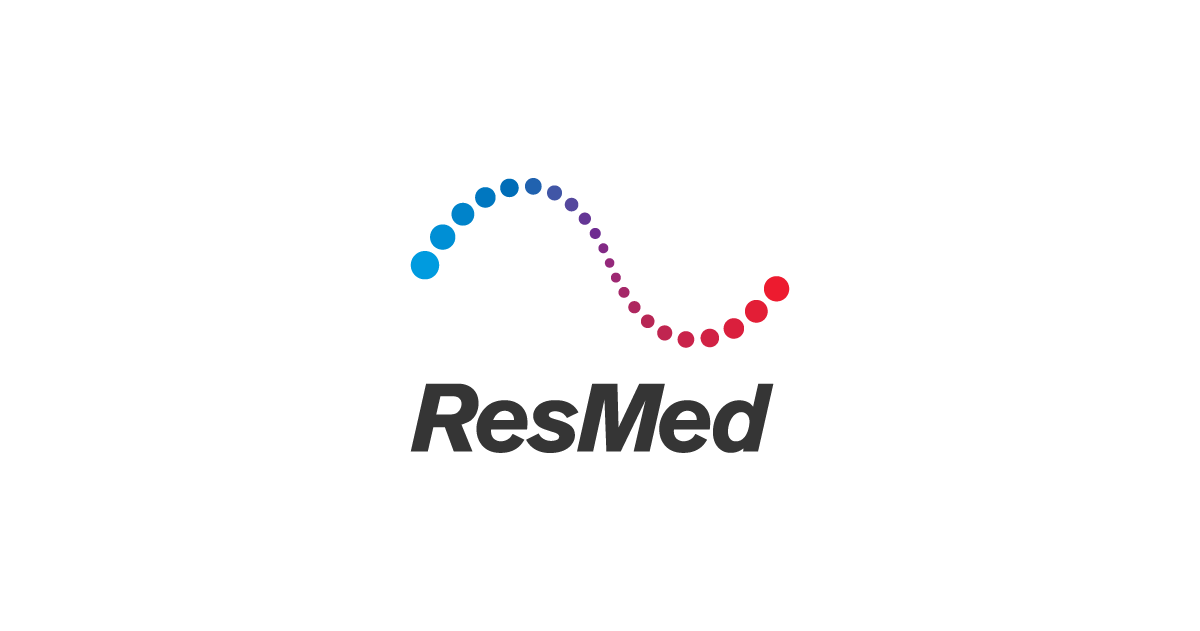Attention women, and those who love them!
We patients recently rolled up our sleeves right alongside researchers, clinicians, and the Society for Women’s Health Research to create a toolkit about women and sleep apnea. Sleep apnea is a sneaky but potentially deadly problem. And women in particular don't get diagnosed as quickly or as often as men.
One of the primary issues many of us patients talk about is the problem of getting our sleep disorders diagnosed before they have done too much damage. Sleep apnea, as you know is a sneaky but potentially deadly problem. And women in particular don't get diagnosed as quickly or as often as men. That may all be about to change, and YOU can help make that happen!
Two things for you:
- We patients recently rolled up our sleeves right alongside researchers, clinicians, and the fabulous people at the Society for Women’s Health Research. The result of our collaboration — and we’re proud of it! — is this downloadable toolkit we'd love you to use.
- Use it for yourselves; use it for your loved ones whose sleep you think may need attention; use it with your primary care providers to help get a conversation started about your sleep!
Dr. Katherine Sharkey, one of our collaborators on the Toolkit, wrote a blog post at Psychology Today about this issue. We encourage you to read and share it, too. She understands the incredibly wide range of impacts sleep disorders can have on women. Best of all to this writer, she is one of the physician/researchers who "gets" how frustrating it can be to get the right diagnosis for women's sleep apnea symptoms. As one of the patients in the collaboration, I am relieved to find more and more physicians and researchers who "get it."
So in summary:
- Healthy sleep is fundamentally important to our bodies and our brains. Women’s sleep apnea is under-diagnosed, and we are happy to share this toolkit and the blog post information.
- Patients often give each other the best help. Let’s help each other, and our providers, to recognize sleep apnea in women. Let's help each other get diagnosed so we can start doing something about it -- before it causes even more health problems.
- Help us spread the word, would you? Share it any way and on any social media platform you like, and give us your feedback!
This article was written by Si Baker-Goodwin, EdD, former psychologist and former co-chair of the MyApnea Multi-stakeholder Engagement Panel.
